You are here
New Releases

Active Ageing Index “AAI” for Azerbaijan
This report details the ‘Active Ageing Index for Azerbaijan’ (AAI) for the first time, following the methodology used for the 2014 AAI in European Union Member States. The report reviews the relative position of Azerbaijan in comparison to the EU Member States, by analysing the overall AAI and its domain-specific indexes. The analysis in this report suggests that to have an effective welfare system for older people it is necessary to incorporate the idea and principles of active ageing to respond to a rapidly changing society and to improve the quality of life in old age.
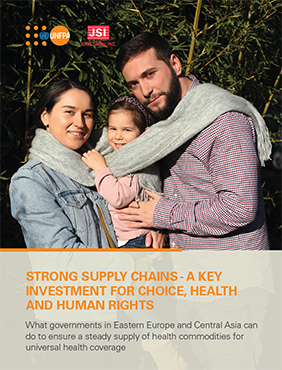
Strong Supply Chains - A Key Investment for Choice, Health and Human Rights
This brief suggests what governments in the Eastern Europe and Central Asia region can do to build supply chains that support commodity availability from the very top of the supply chain, where goods are manufactured, to the last mile, where people receive their health services and supplies, and it explains why protecting the right to access services and supplies is especially important in a rapidly changing world.
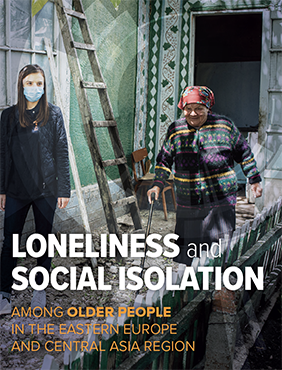
Loneliness and Social Isolation Among Older People in the Eastern Europe and Central Asia Region
This study looks at loneliness and social isolation among older people in the Eastern Europe and Central Asia region. This report is the result of a multinational survey on loneliness among older people that was carried out—under sometimes challenging conditions due to the COVID-19 pandemic—in six countries/territories in Eastern Europe and the South Caucasus during the summer of 2021.
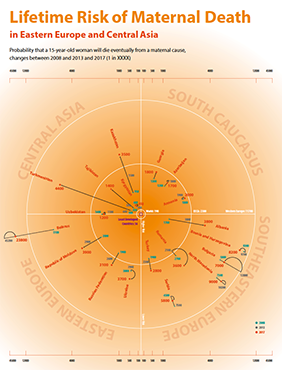
Lifetime Risk of Maternal Death
Lifetime Risk of Maternal Death in Eastern Europe and Central Asia.
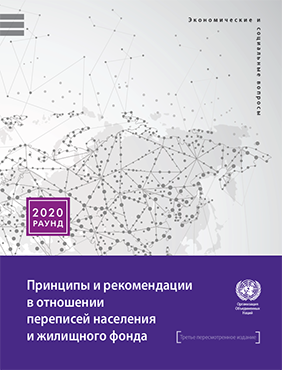
Principles and Recommendations for Population and Housing Censuses (Revision 3)
The first set of principles and recommendations for population and housing censuses was issued in 1958 at the request of the Statistical Commission of the United Nations in response to a need for developing international standards and as a cornerstone of the first World Population and Housing Census Programme. The revised census recommendations provides more elaboration on alternative methodologies to the traditional census for producing census statistics based on national experiences of the 2010 census round and also introduces major changes to concepts and terminology related to economic characteristics.
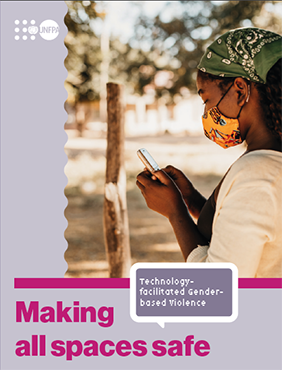
Technology-facilitated Gender-based Violence: Making All Spaces Safe
As the world continues to evolve and expand in the use of technology and platforms, so too does the expansion of spaces through which violence can be perpetrated. This was evidenced no more so than during the COVID-19 pandemic where containment efforts reduced access to information and services driving increased use of technology and online spaces. This paper serves as an alarm bell for the international community, digital and feminist movements, private technology companies and national Governments to act in unison to end the rising scourge of technology-facilitated gender-based violence.
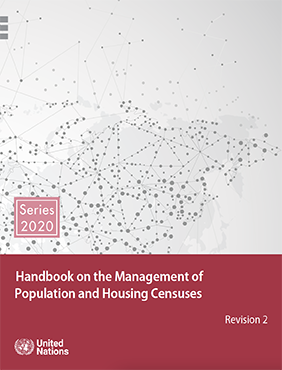
Handbook on the management of Population and Housing Censuses, Revision 2
The present Handbook is an update of the previous Handbook on Census Management for Population and Housing Censuses, (ST/ESA/STAT/SER.F/83/Rev.1 published in 2001. The Handbook has been enhanced and restructured in order to bring it into alignment with the Principles and Recommendations for Population and Housing Censuses, Revision 3 (ST/ESA/STAT/SER.M/67/Rev.3), adopted in March 2015. It has been restructured to also make the content of the Handbook follow as closely as possible the Generic Statistical Business Process Model, Version 5.0. The revision was also guided by the National Quality Assurance Framework, adopted by the United Nations Statistical Commission in 2012. This publication is intended to serve as a reference document on management aspects of conducting a population and housing census. The Handbook provides guidelines, mainly, for population and housing censuses based on traditional field enumeration.
Настоящее Руководство – это обновленный вариант предыдущего Руководства по управлению переписями населения и жилого фонда, (ST/ESA/STAT/ SER.F/83/Rev.1), опубликованного в 2001 г. Руководство было расширено, а его структура – изменена в целях приведения в соответствие с Принципами и рекомендациями в отношении переписей населения и жилищного фонда, Ш (ST/ESA/STAT/ SER.M/67/Rev.3), принятыми в марте 2015 г. Изменение структуры Руководства также было направлено на обеспечение максимально возможного соответствия его содержания Типовой модели производства статистической информации, версия 5.0. В основе пересмотренного издания также лежат Национальные базовые принципы обеспечения качества, принятые Статистической комиссией Организации Объединенных Наций в 2012 г. Настоящая публикация предназначена для использования в качестве справочного документа по управленческим аспектам проведения переписи населения и жилищного фонда. В Руководстве изложены руководящие принципы проведения переписей населения и жилищного фонда, основанных преимущественно на традиционных методах регистрации на местах.
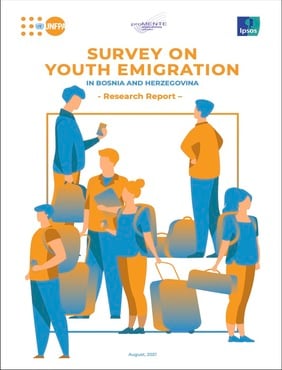
Survey on youth emigration in Bosnia and Herzegovina
This report documents the main socio-economic factors and features that drive outward-oriented migration of young people from Bosnia and Herzegovina, primarily taking into account individual characteristics of the respondents, such as sex, age, education level, employment status, political and civic engagement, place of residence, quality of living environment, positions and trust toward politics and policies in pre- and COVID19 period, as well as various other relevant elements.
The research study was conducted on a representative sample of 5,001 young people, aged 18-29. The research was based on a quantitative approach and collection of primary data collected in a large-scale face-to-face survey, implemented by a market research company, Ipsos BiH, between January and March 2021.
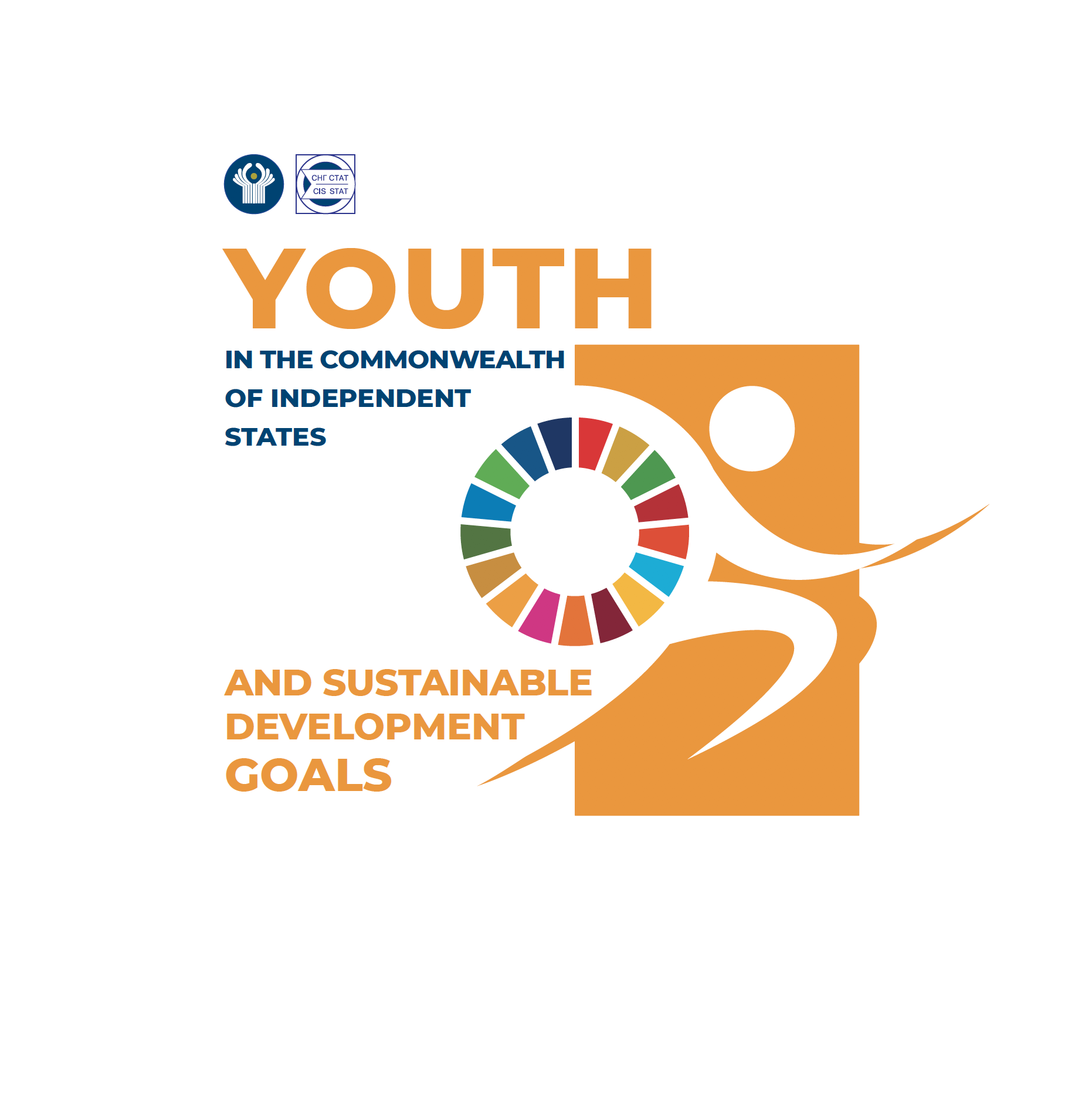
Youth in the commonwealth of independent states and sustainable development goals
Young people in the CIS countries, like in most countries in the world, are prioritizing education and stable employment with prospects for further development. The brochure «Youth in the Commonwealth of Independent States and Sustainable Development Goals» is a summary statistics within a series of annual publications of the Interstate Statistical Committee of the CIS on the status of youth in the Commonwealth region, supported by the United Nations Population Fund (UNFPA).
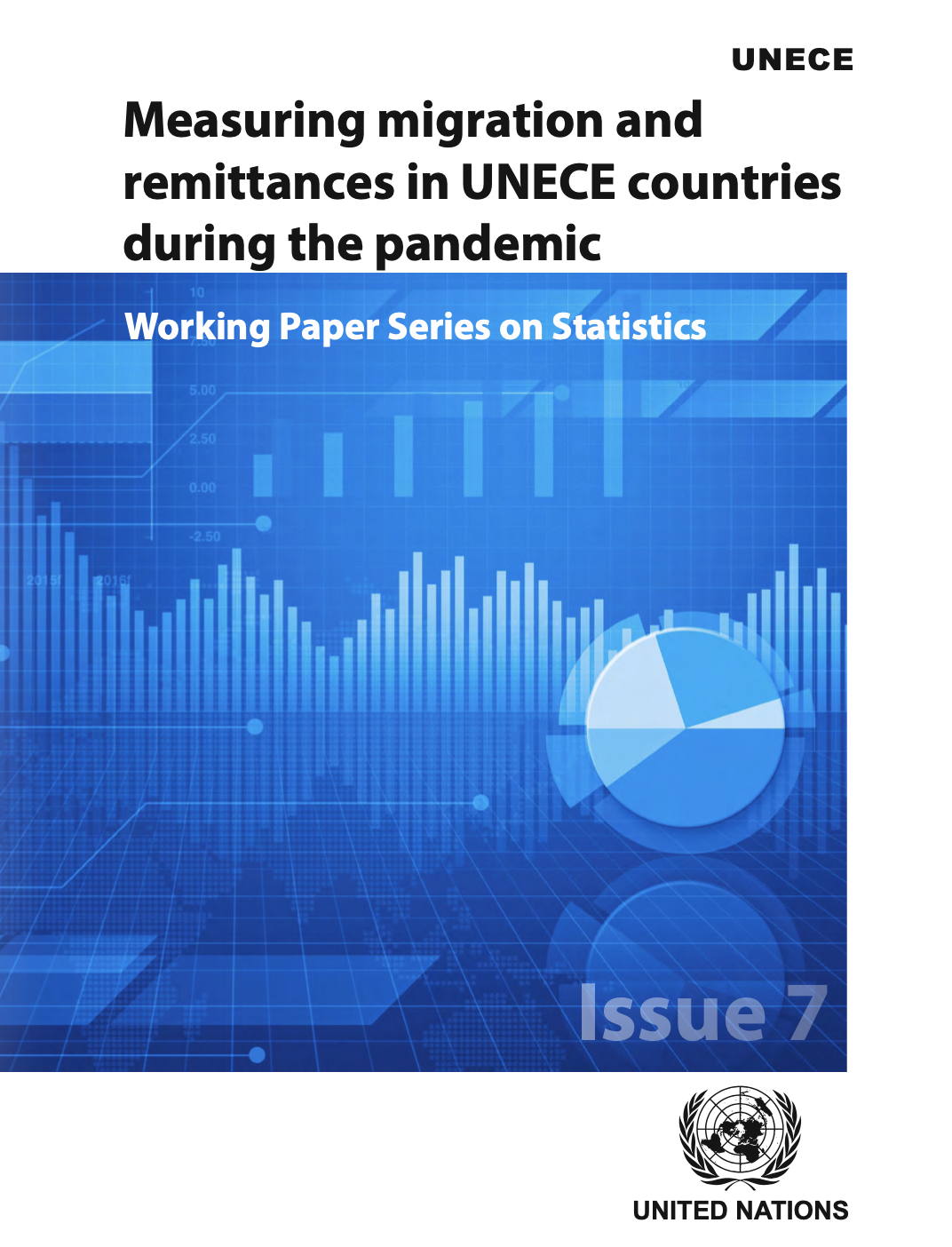
Measuring migration and remittances in UNECE countries during the pandemic
This report is based on the results of an informal survey among national statistical offices of UNECE countries aimed at finding out how migration and remittances measurement was affected by the COVID-19 pandemic. The survey was conducted in an online form in October, 2020 among 25 countries, including 10 EECA countries.